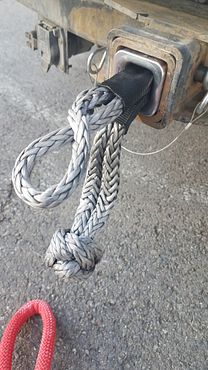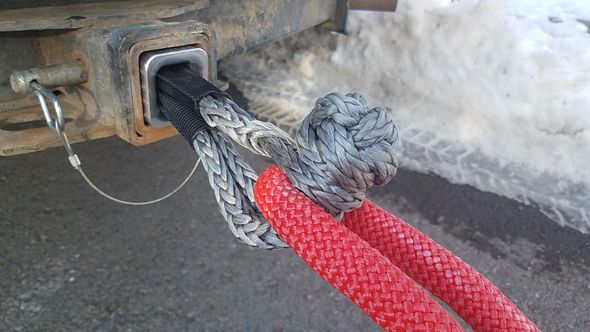Metcalf
Expedition Leader
Time to show this to the world.....
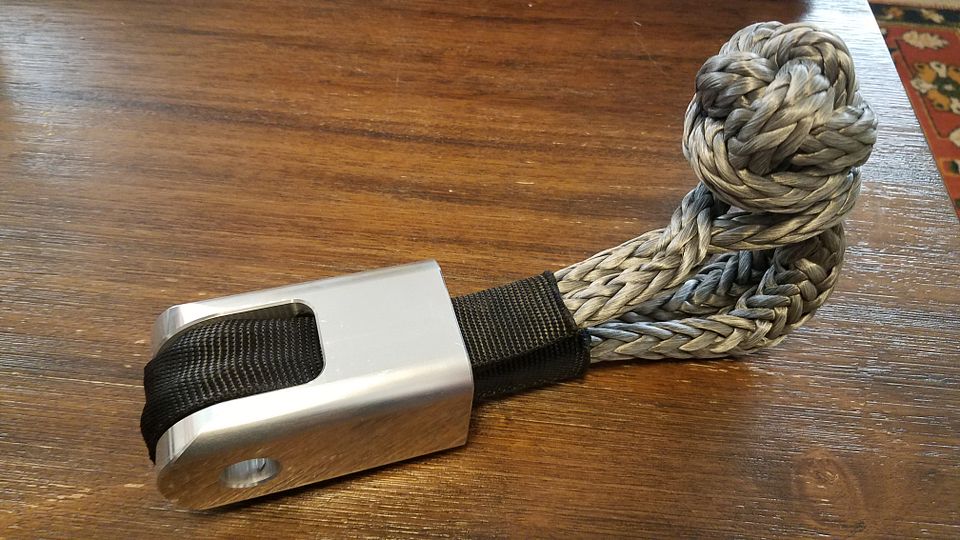
I've been working on a safe and direct way to attach a soft shackle into a receiver hitch. This is what I came up with. After some extensive geometry development in some 3d printed models, it was time to make it in 6061-T6 aluminum. The 5-axis machining on these turned out amazing!
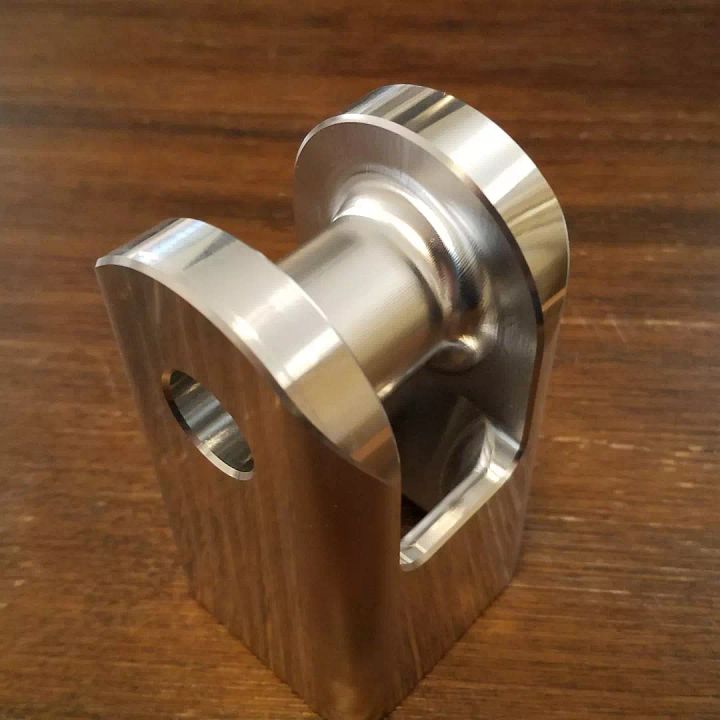
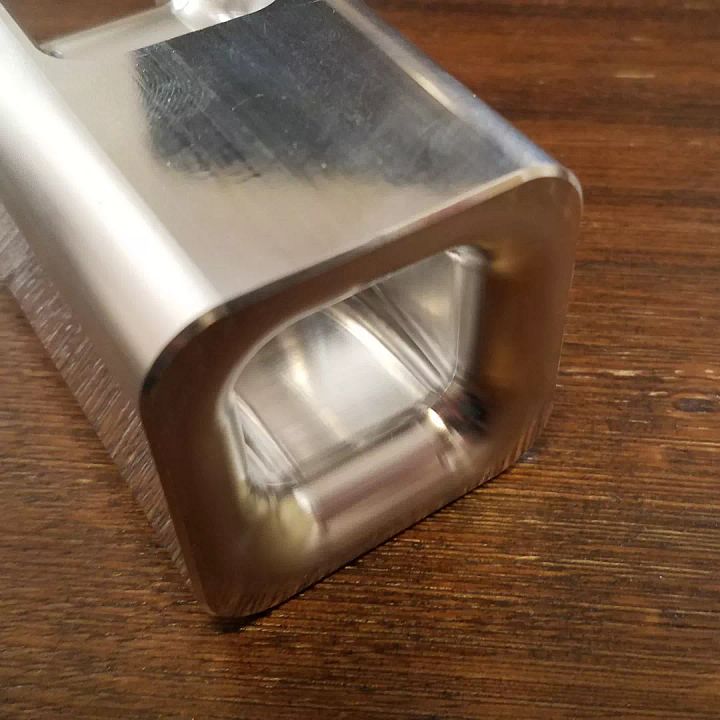
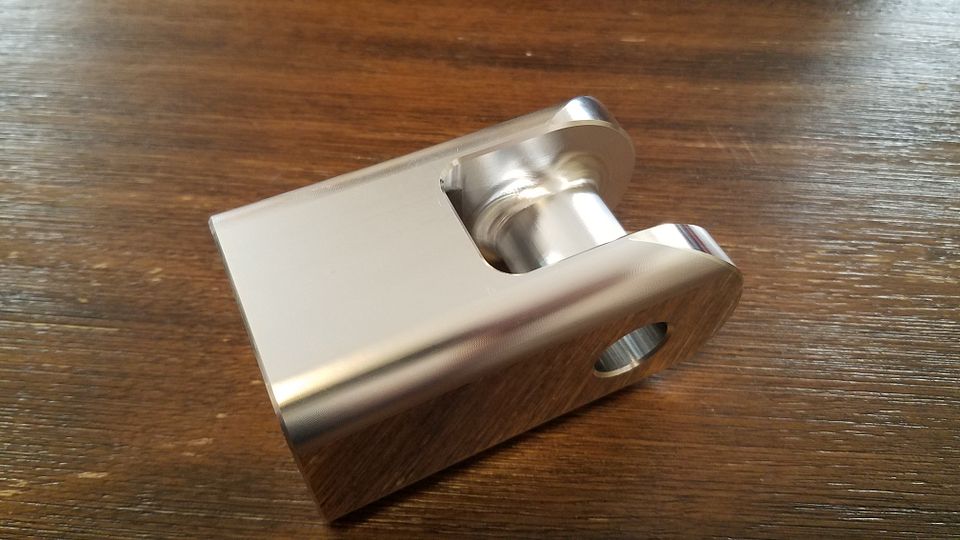
The aluminum adapter provides a full 1" working diameter for the soft shackle that provides proper support for the normal 5/8" trailer hitch pin. A gentle 1/4" radius on each side of that 1" tubular cross-member helps prevent any high load crack propagation in the corners while also providing additional support for the soft shackle line diameter. The throat has a large 3/8" radius around the full opening to allow for pulling at up to 90 degrees in any direction without the need for any re-rigging. Vehicle recovery is rarely in a straight line.
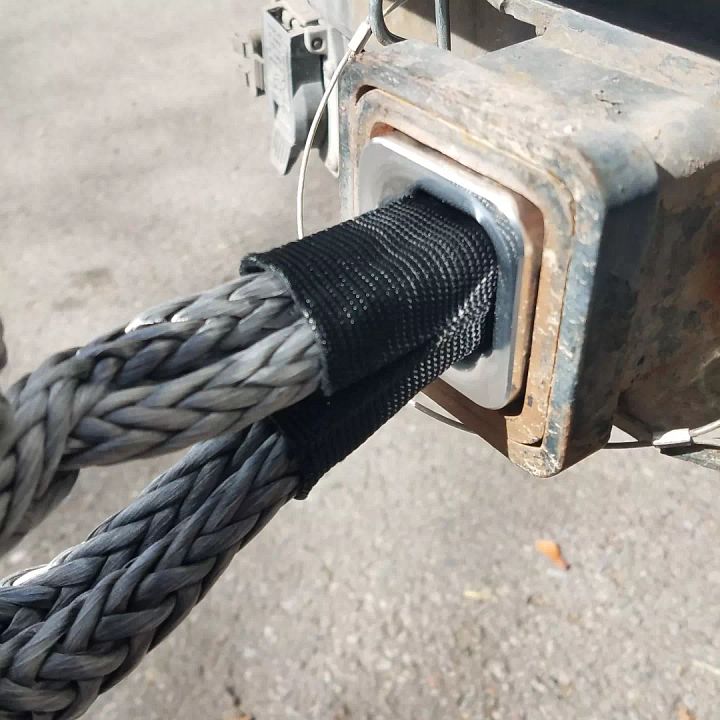
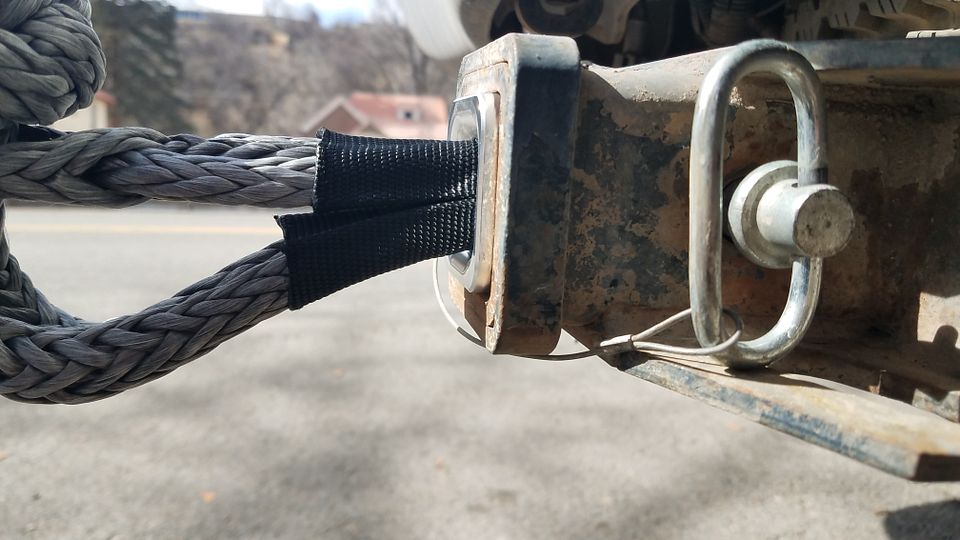
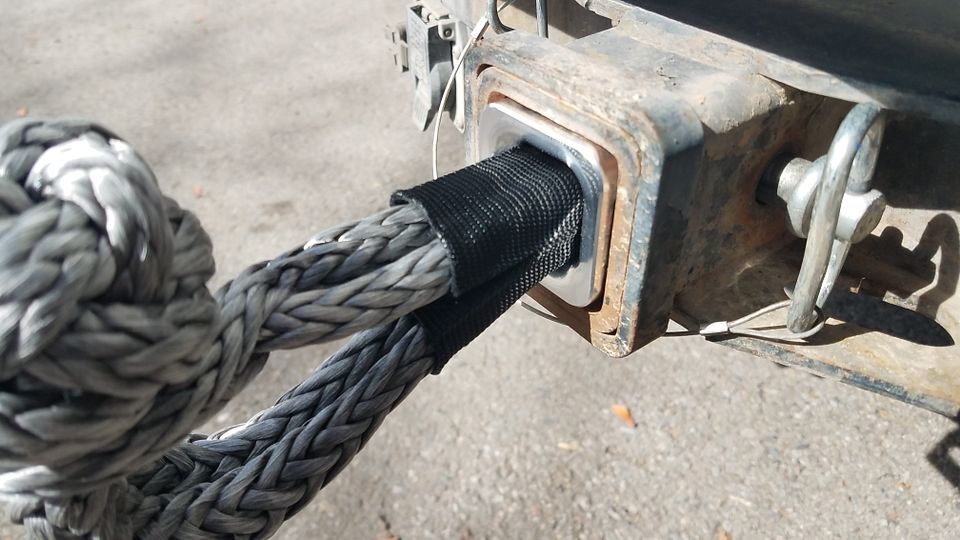
This adapter provides a very low profile that is protects the device from trail damage while also eliminating an extra leverage from the typical pin to shackle adapters currently on the market when pulling offline.
What do you think?

I've been working on a safe and direct way to attach a soft shackle into a receiver hitch. This is what I came up with. After some extensive geometry development in some 3d printed models, it was time to make it in 6061-T6 aluminum. The 5-axis machining on these turned out amazing!



The aluminum adapter provides a full 1" working diameter for the soft shackle that provides proper support for the normal 5/8" trailer hitch pin. A gentle 1/4" radius on each side of that 1" tubular cross-member helps prevent any high load crack propagation in the corners while also providing additional support for the soft shackle line diameter. The throat has a large 3/8" radius around the full opening to allow for pulling at up to 90 degrees in any direction without the need for any re-rigging. Vehicle recovery is rarely in a straight line.



This adapter provides a very low profile that is protects the device from trail damage while also eliminating an extra leverage from the typical pin to shackle adapters currently on the market when pulling offline.
What do you think?

